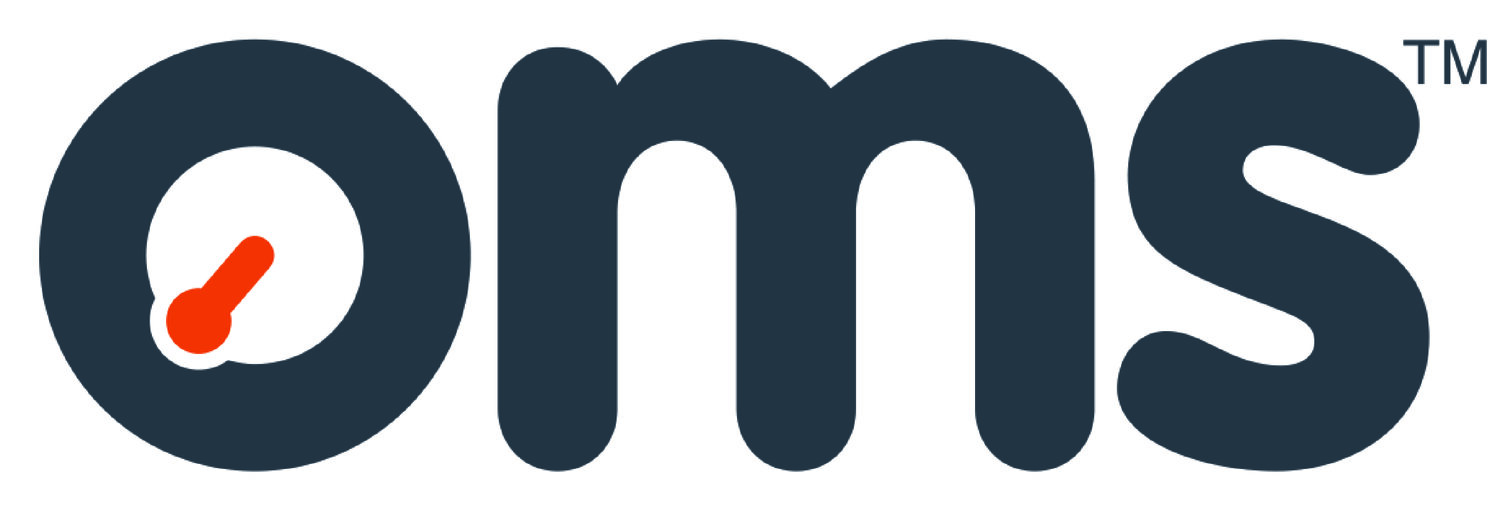Ensuring long-term quality in offshore wind jackets
Offshore wind is one of the most rapidly growing sectors in renewable energy. Capacity additions in 2023 are predicted to be 55% higher than in 2022. As renewable energy operators seek to increase capacity further they are installing larger wind turbines, some with blades more than 100m in length, in deeper water. These larger and heavier structures require more support than traditional monopiles so energy companies are increasingly using steel jackets, which use a lattice framework anchored to the sea floor at three or four points. In projects installed below 30m, jackets are the preferred support structure.
J-tubes – essential for effective operation
As more complex structures with more components than monopiles, jackets can be at higher risk of maintenance issues. One potential problem concerns the long steel tubes bent into a J or S shape and known as J-tubes, that are an essential part of the jacket’s structure. J-tubes guide and support export power cables between the turbine and the sea floor. For the cable to proceed smoothly through the J-tubes, they must be free of internal weld defects, HiLo misalignment and internal pipe ovality. Poor welds and excessive ovality can also create extra fatigue points that could affect a J-tube’s lifespan.
Inspection – identify and prevent problems
Carrying out internal inspection of J-tubes can help identify any issues and remedy them before they become a problem. If this is carried out at the fabrication stage then problems can be prevented before J-tubes are installed offshore, saving money and increasing operational efficiency.
Award-winning weld inspection from OMS
Having carried out weld inspection work on most major oil and gas projects of the last decade, OMS is now working on several projects in the offshore wind sector. Our award-winning weld inspection service collects real-time visual and laser data on J-tubes’ internal condition, helping clients to reduce their costs, achieve project specifications and improve asset lifetime.
Offshore wind farm – case study
OMS recently inspected hard to reach welds in large jackets intended for a major offshore wind installation off the coast of Europe. Critical welds were located in vertical J-tube sections up to 70m in height with the only access point at the bottom. Our AGILITY.max crawler travelled vertically through the pipes, carrying out inspection while navigating bends and inner diameter transitions. Read full story.
Inspect during fabrication or offshore
Many of our clients choose to use our services at the fabrication stage, when inspection can be carried out efficiently alongside welding. Operating in this way means any defects can be identified and remedial work carried out without the need for expensive cut-outs or downtime. However, if J-tube problems become apparent when jackets are already offshore, our services can be deployed there. OMS inspection technology is robust and reliable, with a proven track record of successful operation in harsh marine environments.
Reach inaccessible welds with robotic deployment
Our AGILITY range of robotic crawlers can travel throughout J-tubes, including in the most difficult to reach areas. They are capable of navigating complex pipelines with multiple bends, elbows and vertical sections. Operated remotely using a standard gaming controller, our robots eliminate the need for push rods and can access critical weld sections previously thought to be unreachable.
Resolve issues with weld grinding
The inspection system assesses pipe ovality, HiLo misalignment and weld root penetration, identifying defects, areas of corrosion and obstructions. Should defects be identified, our state-of-the-art grinding system is deployed to carry out any necessary remedial work before the J-tube is inspected again and weld quality confirmed. Grinding welds with excess penetration increases their strength and removes the requirement for expensive, time-consuming cut outs.
Strong welds mean high quality, long lasting assets
Carrying out internal inspection in J-tubes improves weld quality. Better quality welds produce J-tubes that are within design specs and in ideal condition to survive the marine environment in optimum working condition.
If you have a weld inspection project you would like to discuss, our team is always available. Contact them here.
Find this article useful? Sign up for more here!
Published: 06.12.2023
[5 minute read]
By Paul Eagle, Sales Director



